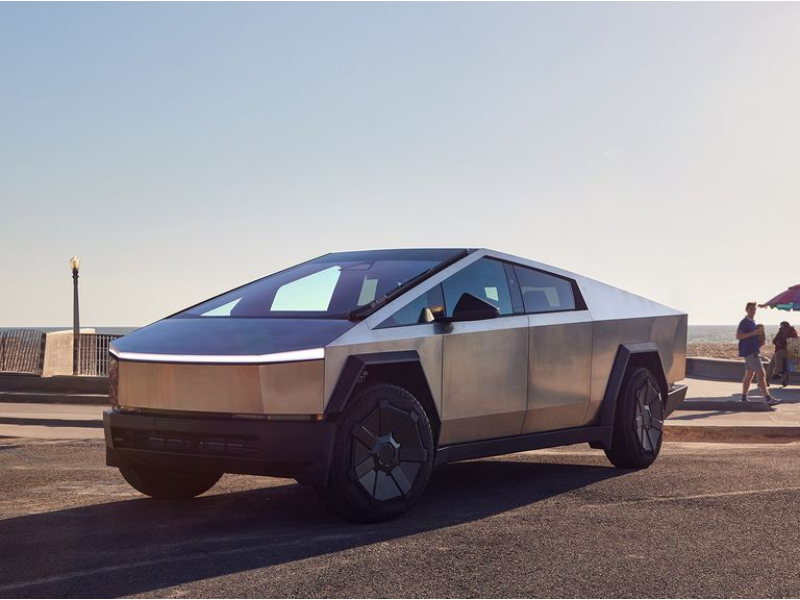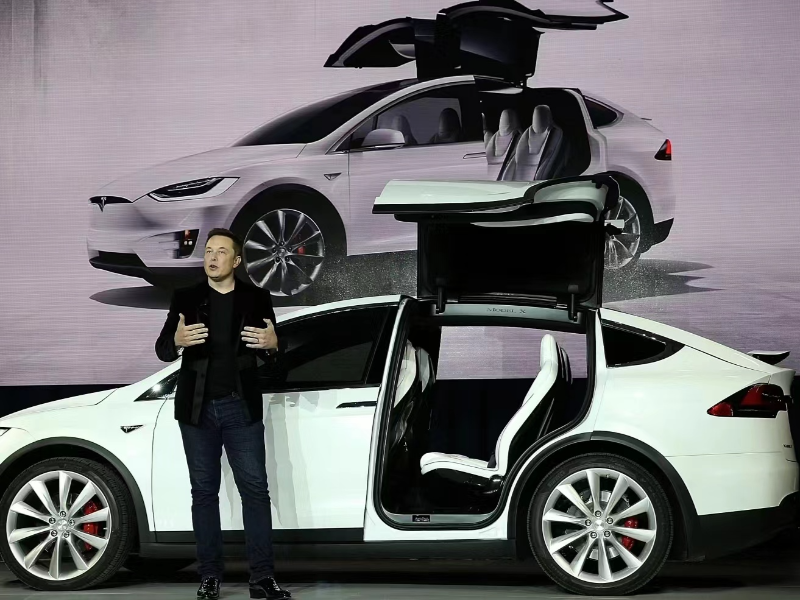- Tesla, an influential force in the automotive industry for over two decades, has evolved from a startup to a pivotal player despite enduring controversies. People question whether teslas are reliable.
- While celebrated for innovations like the Model S and Cybertruck, its reliability remains a subject of scrutiny amidst a mix of compelling factors and persistent challenges, reflecting the ongoing evolution of electric vehicles.
- Despite Tesla’s prominent role in shaping the electric vehicle landscape, questions persist about its long-term dependability, highlighting the need for continued assessment amid the complexities of the automotive market.
It’s quite remarkable that Tesla has been around for over two decades, starting as a startup and navigating through various controversies. While the Roadster marked its entry into the market, the Model S truly elevated Tesla’s prominence. Recently, the Cybertruck has been capturing attention as well.
The question of are Teslas reliable is pivotal, and it’s one that the brand has had to answer convincingly. Delving into Tesla’s reliability from multiple angles and sources is crucial to truly understand its dependability. What you uncover might either surprise you or underscore the complexity of deciding to purchase a Tesla.

Also read: How did the internet start?
Also read: What is Web3 gaming?
5 Key factors that support Tesla’s reliability
For many, the concern with Tesla isn’t about dealership hours but rather the availability of Tesla dealerships. Let’s explore some key factors that support Tesla’s reliability.
Cost of Ownership: Among luxury vehicles, the Model 3 stands out, boasting a total cost of ownership of $40,241 according to Kelley Blue Book. While smaller electric vehicles like the Chevrolet Bolt EV and Nissan LEAF may cost around $9,000 less over five years, they lack the technological advancements and comfort features of Tesla’s affordable sedan.
Fuel Efficiency: Tesla excels in fuel efficiency, as seen in the specifications for Models 3 and Y RWD and AWD Performance models. Despite their limited range, Teslas provide customers with the benefits of an EV. Additionally, Tesla continues to expand its network of Superchargers nationwide to support customers during travel.
Safety Features and Ratings: While the 2023 variants of the Model Y and 3 have not yet been rated by the NHTSA and IIHS, the 2023 Model 3 currently has 4 recalls, 2 investigations, and 81 complaints, while the 2023 Model Y has 6 recalls, 3 investigations, and 257 complaints. However, both the Model 3 and Model Y received a “Good” rating in each IIHS test and earned the Top Safety Pick+ designation. Standard safety features include innovative designs to reduce rollover risk, absorb impacts, and advanced airbags.
Dependability: Tesla made its debut in J.D. Power’s 2023 U.S. Vehicle Dependability Study (VDS) with a score of 242 PP100, surpassing even the highest-ranking models like the Toyota C-HR and Lexus RX. However, due to Tesla’s decision not to grant J.D. Power permission access to owner information, it cannot receive any dependability awards.
Average Maintenance Costs: According to RepairPal, the average annual maintenance cost of a Tesla is $832. While information on Models 3, X, and Y is limited, the Model S has an average yearly maintenance cost of $1,047.
Some considerations regarding the reliability of Teslas
Is this the right time to invest in an electric vehicle? With Tesla making the Model 3 affordable, many consumers are considering the shift to eco-friendly cars. However, there are crucial factors to ponder before embracing the Tesla experience.
Limited Aftermarket Support: Despite Tesla’s dominance in the automotive market, aftermarket and third-party replacement parts remain scarce. While Tesla accessory dealers are emerging online, finding genuine mechanical replacement parts can be challenging.
Brake Calliper Maintenance: Car and Driver’s test of the Model 3 unveiled an unexpected expense: the necessity of applying three brake calliper lubricants in salted winter roads. These lubricants, essential for calliper maintenance, incur costs comparable to a traditional gas vehicle’s oil change.
Technological Challenges: Being at the forefront of technology, Tesla faces occasional bugs. Touchscreen issues affected over 130,000 vehicles, while delays in granting full access to Autopilot continue. A 2022 recall of 12,000 vehicles due to an emergency braking system issue and a prior recall of 500,000 vehicles for faulty rearview cameras highlight ongoing concerns.
Quality Control Issues: Despite its luxury image, Tesla vehicles often exhibit inconsistencies in fit and finish. Misaligned body panels and inconsistent door gaps detract from the perceived luxury expected from an EV. Attention to detail, a hallmark of luxury cars, is sometimes lacking in Tesla models.
Battery Concerns: While incidents of Tesla fires raise battery safety concerns, the company offers an 8-year, 100,000-mile battery warranty (extending to 120,000 miles for long-range variants). This warranty provides initial reassurance to owners, albeit concerns about battery longevity persist.
How long does a Tesla really last?
If you’re on the fence about Tesla and considering whether to lease or buy, the jury is still out on how long Teslas really last. The lifespan of a Tesla is primarily determined by how long the battery lasts, with damaged batteries cutting that span short. Until Tesla implements further support for battery exchanges, most Teslas last until their batteries don’t work anymore. According to Tesla’s CEO, that’s about 500,000 miles.
If you’re considering hybrid and electric vehicles and are unsure how to choose the best fit, almost all Teslas can be high maintenance. They require as much attention as a gas-powered vehicle, just in a different way. Replacing the glass on a Tesla can be a headache and a financial drain, and if the technology on your Tesla gives out, you’re stuck.
The bottom line is that it’s hard to tell the story of the electric vehicle without casting Tesla in a pivotal role. Whether or not it’s a reliable brand remains to be seen.
Are Teslas reliable?
Among Teslas, the Model 3 and Model S vie for reliability supremacy, with the latter enjoying an edge due to its longer market presence. Both models democratise Tesla’s luxury appeal, expanding the brand’s reach to a broader audience.
Despite Tesla’s strides, it faces reliability scrutiny, particularly in the EV sphere. While some revel in the Tesla experience, others note comparable luxury brands’ competitive build quality.
In the electric vehicle narrative, Tesla occupies a central, albeit contentious, role. Its reliability narrative remains open-ended, subject to ongoing scrutiny and debate.

